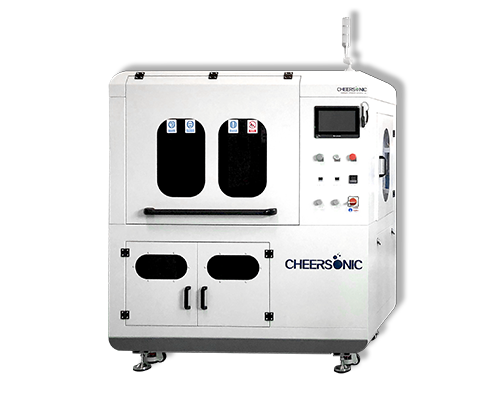Technical Features of Silicon Micromechanical Sensors
Silicon micromechanical sensor is a new type of sensor developed based on silicon micromachining technology. Its main performance characteristics are as follows:
1 Miniaturization and integration
Silicon micromechanical sensors use micron-scale micromachining technology to manufacture micron-sized sensor sensitive elements. This kind of device is easy to integrate, so that two-dimensional or three-dimensional sensor arrays can be formed, and integrated large-scale integrated circuit, and the size of the final device is generally millimeter-scale. For example, a two-dimensional integrated high-resolution pressure sensor array is introduced in the literature. The device integrates 1024 (32 × 32) Silicon sensitive membrane pressure sensing unit, the size of each sensitive unit is 50μm × 50μm, and the signal processing circuit is produced on the same silicon chip by using the standard CMOS process compatible with IC, thus forming a monolithic integrated pressure sensor area array , the whole chip includes 16,000 devices in total, and 16 masks are used in the manufacturing process.
2. Low energy consumption and low cost
Silicon micromechanical sensors adopt integrated integration technology and have the characteristics of low energy consumption. The energy consumption of typical devices is in the μW-mW level, such as the pressure sensor array in the literature. The power supply voltage is 5V, and the total energy consumption of the chip is 50mW. On the other hand, due to the use of silicon micro-machining technology and semiconductor integrated circuit technology, silicon micro-mechanical sensors are usually mass-produced and mass-produced, which improves production efficiency and reduces the cost of a single device. Using different calculation methods, it can be seen that: A typical silicon micromachined accelerometer costs about $1 to $10 to produce.
3 High precision and long life
Since silicon micromechanical sensors usually adopt an integrated form, the characteristics of the sensor can be uniform, the configuration of each component is coordinated, and the matching is good, and there is no need to correct and adjust its components, thereby eliminating some unreliable factors in the sensor structure . For example: integration shortens the lead length between devices, improves the anti-interference ability, and enhances the reliability of the package through the key and so on. All this makes this type of sensor easy to achieve high precision and has a long working life.
4. Good dynamic performance
Silicon micromechanical sensors have the characteristics of miniaturization and small mass. Therefore, its response speed is fast and its natural frequency is high, so it has excellent dynamic performance.
Cheersonic ultrasonic coating systems are used to spray thin films of polymers, conductive nanoparticles, or other functional materials used in sensors manufacturing. These conductive nanocoatings are used for applications such as biometrics security and medical device applications, as well as sensors designed for a variety of other applications.
About Cheersonic
Cheersonic is the leading developer and manufacturer of ultrasonic coating systems for applying precise, thin film coatings to protect, strengthen or smooth surfaces on parts and components for the microelectronics/electronics, alternative energy, medical and industrial markets, including specialized glass applications in construction and automotive.
Our coating solutions are environmentally-friendly, efficient and highly reliable, and enable dramatic reductions in overspray, savings in raw material, water and energy usage and provide improved process repeatability, transfer efficiency, high uniformity and reduced emissions.
Chinese Website: Cheersonic Provides Professional Coating Solutions

